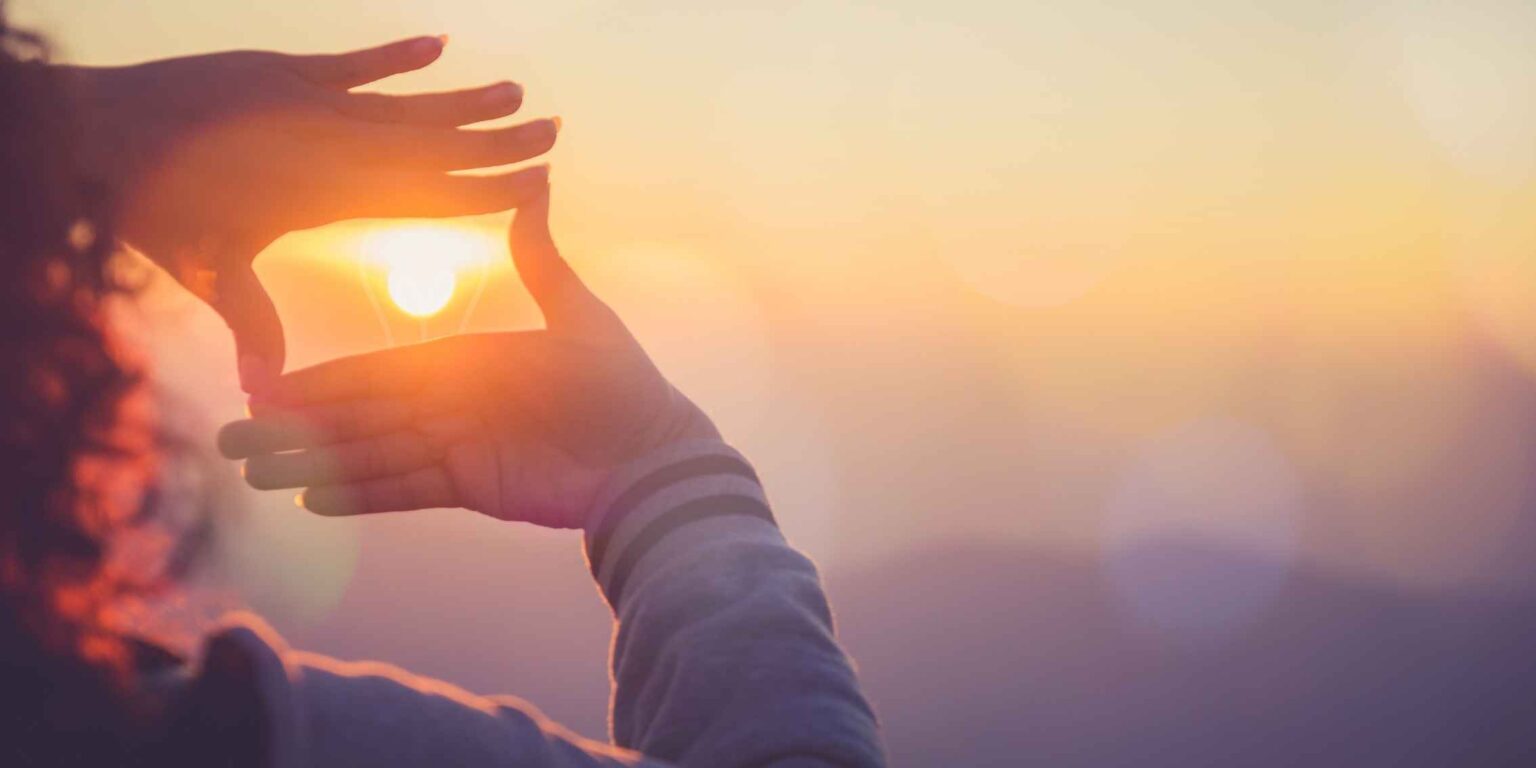Lighting is not just an element in photography—it is photography. From the earliest days of pinhole cameras to today’s sophisticated DSLRs and mirrorless marvels, light remains the fundamental tool photographers use to create emotion, depth, drama, and beauty. If you’re serious about leveling up your photography skills, mastering the art of lighting is non-negotiable.
In this comprehensive guide, we’ll explore how lighting shapes the essence of photography and how you can harness its power to elevate every shot, whether you’re a beginner or a seasoned pro.
Why Lighting Matters in Photography
Without light, there is no image. Every photograph, at its core, is a record of light. The way light hits your subject, how it wraps around edges, casts shadows, creates contrast, or glows with softness—all of it dictates the mood and impact of the image.
Here’s why lighting is so essential:
- It defines your subject
- It creates mood and atmosphere
- It enhances textures and details
- It shapes composition and depth
- It directs viewer attention
The Qualities of Light
To master lighting, you must understand its characteristics. Each quality of light influences the outcome of your photo dramatically.
1. Direction of Light
- Front lighting: Reduces shadows, often used in beauty or product photography.
- Side lighting: Enhances texture and depth—popular for portraits.
- Back lighting: Creates silhouettes and dreamy effects.
- Top lighting: Natural noon sun or overhead artificial lights—can be harsh and dramatic.
- Bottom lighting: Unnatural, eerie—commonly used in horror-themed shoots.
2. Intensity of Light
- Hard light: Sharp, defined shadows—produced by direct sunlight or bare flash.
- Soft light: Gentle, diffused shadows—ideal for portraits and product photography.
3. Color Temperature
Measured in Kelvins, this determines the warmth or coolness of light:
- Warm light (sunset, candlelight): 2000K–3500K
- Neutral light (midday sun): 4500K–5500K
- Cool light (cloudy days, shade): 6000K+
4. Quality of Shadows
Shadows give images dimension. Depending on the light source’s size and proximity, shadows can be soft or sharp, minimal or dominant.
Types of Lighting in Photography
1. Natural Lighting
Harnessing the sun is one of the oldest and most rewarding techniques.
- Golden Hour (shortly after sunrise or before sunset): Offers soft, warm, directional light.
- Blue Hour (twilight): Creates cool tones and a moody atmosphere.
- Midday: High contrast, best with reflectors or diffusers.
2. Artificial Lighting
Control is the main advantage here.
- Continuous Lighting: You see the light in real-time—ideal for video and beginner photography.
- Strobe/Flash Lighting: Delivers high-intensity bursts—popular in studio settings.
- Speedlights: Portable flashes for on-the-go versatility.
3. Studio Lighting Setups
Understanding setups helps bring consistency to your shots.
- Three-Point Lighting: Key, fill, and back light for balanced professional shots.
- Rembrandt Lighting: Named after the painter, creates a triangle of light on one cheek.
- Butterfly Lighting: Flattering portrait setup with a shadow under the nose.
- Loop Lighting: Small shadow under the nose, flattering and versatile.
Light Modifiers: Sculpting Your Vision
Modifiers help you control and manipulate light creatively.
1. Reflectors
Bounce light to fill shadows. Comes in silver, gold, white, and black.
2. Diffusers
Soften harsh light—great for midday outdoor shoots.
3. Softboxes & Umbrellas
Enlarge and diffuse light sources for pleasing skin tones and balanced shadows.
4. Gels
Colored filters that change the tone and mood of artificial lights.
5. Snoots, Barn Doors, and Grids
Control direction and focus of the light—useful for highlighting or adding drama.
Practical Lighting Techniques for Common Photography Styles
1. Portrait Photography
Use soft, diffused lighting to flatter skin tones. Catchlights (reflections in the eyes) are key to bringing life into portraits.
2. Landscape Photography
Rely on golden and blue hours for ideal light. Avoid harsh midday sun unless going for high-contrast drama.
3. Product Photography
Even, shadowless lighting showcases details. Use a lightbox, reflectors, and macro-friendly sources.
4. Street Photography
Adapt to available light quickly. Watch how light and shadow interact in alleys, doorways, or under artificial lights.
5. Event Photography
Flash can be intrusive; bounce it off ceilings or walls for a softer look. Constantly monitor changing light conditions.
How to Read and Use Light in Any Scene
- Observe the Light’s Source – Where is it coming from?
- Check Shadow Placement – How long and harsh are they?
- Assess Color Temperature – Do you need to adjust white balance?
- Adjust ISO/Shutter/Aperture – Let in the right amount of light.
- React and Adapt – Great photographers anticipate how light will change and move with it.
Tools to Practice Lighting Mastery
- Light Meter Apps: Evaluate exposure in real time.
- Histogram on Camera: Shows shadow and highlight clipping.
- DIY Diffusers/Reflectors: White bed sheets, poster boards, aluminum foil—budget-friendly lighting tools.
- Editing Software (Lightroom/Photoshop): Post-processing helps enhance or correct light, but it can’t replace good lighting at the capture stage.
Common Lighting Mistakes to Avoid
- Ignoring light direction – Creates flat or unflattering results.
- Overexposing highlights – Blown-out skies or skin are hard to recover.
- Relying too much on auto settings – Manual mode gives you full creative control.
- Not experimenting – Lighting is an art; break rules once you understand them.
Conclusion: Light is Your Language
Mastering the art of light is more than a technical skill—it’s a visual language. Through light, you tell stories, evoke emotions, and capture truth. Whether you’re photographing a model in a studio, a sunset on a beach, or an impromptu street moment, lighting is your most powerful creative ally.
By understanding and controlling light, you’re not just taking photos. You’re painting with it.
FAQs About Lighting in Photography
1. What is the best light for photography?
Golden hour light is widely considered the best due to its warm, soft, directional quality that flatters most subjects.
2. What’s the difference between hard and soft light?
Hard light creates sharp shadows and high contrast; soft light has gradual transitions and is more flattering for portraits.
3. Can I use natural light for studio photography?
Yes. Large windows, reflectors, and diffusers can turn a room into a natural light studio with great results.
4. Do I need expensive equipment to master lighting?
No. Understanding light direction and quality is more important. You can achieve great results with affordable tools or even DIY modifiers.
5. How does white balance affect lighting in photos?
White balance adjusts color temperature. If incorrect, your images may appear too blue or too orange.
6. Why are my photos overexposed or underexposed?
Incorrect exposure settings or harsh lighting can cause this. Use your histogram and exposure compensation to adjust.
7. What are catchlights in portrait photography?
Catchlights are reflections of light in the subject’s eyes. They add life and dimension to a portrait.
8. What’s the benefit of using a softbox over a flash?
A softbox diffuses the light, reducing harsh shadows and producing more flattering illumination.
9. How can I improve low-light photography?
Use a tripod, lower shutter speed, increase ISO, and use wide apertures or external light sources.
10. Can lighting alone change the mood of a photo?
Absolutely. The angle, intensity, and color of light can make the same subject look cheerful, dramatic, mysterious, or melancholic.







